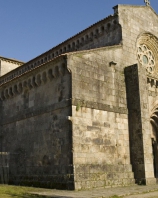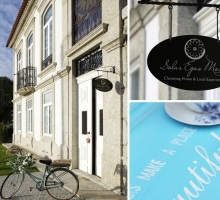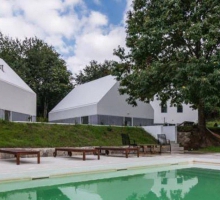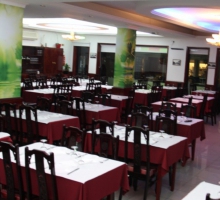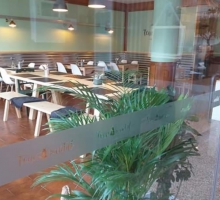The Monastery of the Saviour of Paço de Sousa was founded in the 10th century by Trutesendo Galindes and his wife Anímia. It was an important monastery of the Benedictine Order and was linked to the Ribadouro family.
The Church, erected in the 13th century in the same location as the previous temple [12th century], demonstrates very unique decoration. It uses bevel-carved botanical ornamentation and develops long friezes in and outside the Church in the style of Visigoth and Mozarab architecture.
Paço de Sousa was the birthplace of a trend based on the pre-Romanesque tradition and influenced by Romanesque themes from the Cathedral of Porto and the city of Coimbra, giving rise to what was known as "nationalized Romanesque".
Inside the Church there is the Tomb of Egas Moniz de Ribadouro, squire of the king
Afonso Henriques, which results from the joining of two funerary arks, one from the late 12th century and another from the 13th century.
The chancel, the sacristy, the cloister and what remains of the monastic building date back to the 17th and 18th centuries. The set underwent restoration works in the 19th [1883 and 1887] and 20th [1937-1939] centuries.
Location: Penafiel
